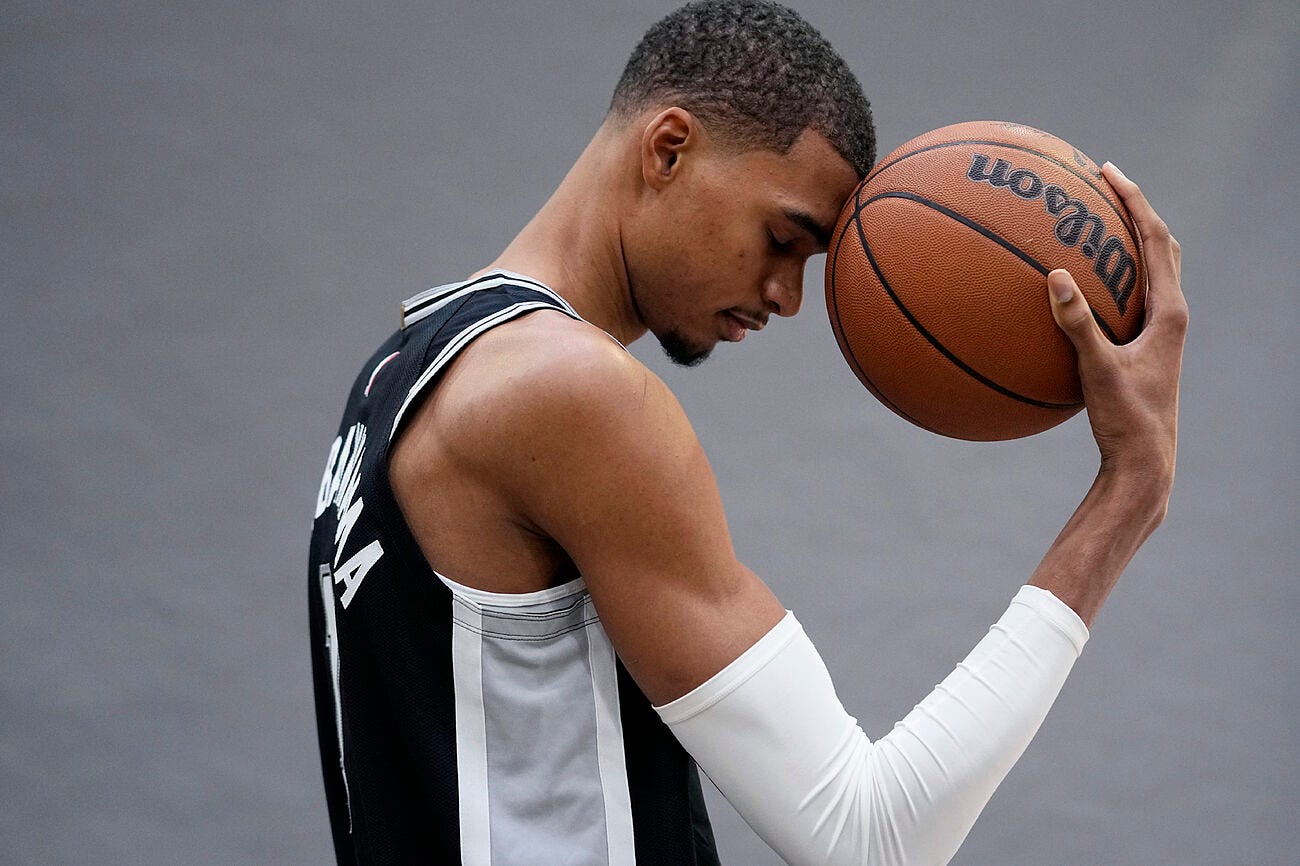“Which is a better way to save money: to decrease your spending, or to increase how much you make?” This is the question I asked my two boys en route to soccer practice. (Yes, all Paper Robots questions are tested on real children!)
People disagree strenuously about this question, and the boys were no exception. In my experience, the divide is between steady, doughty types, who dolefully answer “decrease spending,” and perky entrepreneurial types, who exclaim, “increase income! 100%!” It’s Team Spend Less vs. Team Make More.
I’ll tip my hand: I’m on Team Spend Less. One reason is that I was so affected by a Sports Illustrated article from 2009 on the shocking state of retired pro athletes’ finances. The article reported that “78% of former NFL players have gone bankrupt or are under financial stress” and “Within five years of retirement, an estimated 60% of former NBA players are broke.” These guys make as much money in a year as many workers do in a lifetime. Increasing income sure didn't seem to work for them.
What happened? Athletes’ money fell victim to flashy but shoddy investments, grifters inside and outside their family, overspending, and divorce. Another report from the British Professional Players’ Federation found that only 30% of athletes chose when they retire; the rest had retirement thrust on them by injury or not being re-signed. Their income evaporated overnight.
I decided to follow up and see if there were any more recent or rigorous statistics. There are, and it turns out the situation for pro athletes isn’t quite so dire. According to Annamaria Lusardi and coauthors, the actual proportion of bankrupt former pros 12 years after retirement is 15%, compared to about 5% in the general population at the same age. That’s triple the rate. Not nearly as bad as the SI article claims (their numbers were from simply asking sports agents), but still really, really bad.
Other sources estimated that the proportion of Americans who will file for bankruptcy sometime in their lives is between 10% and 12%.
Lusardi’s data showed that the chances of bankruptcy weren’t affected by the length of an athlete's career, nor by how much they made. For athletes, having wealth is not about what you make. It’s about what you spend.
(The pay of minor league or female athletes was not part of these analyses. I hope someone runs the numbers on this, since pay in women’s sports has been in the news a lot lately.)
Team Make More argues that there’s no upper limit to how much you can make, while you can only cut expenses so much. Fair enough. But there’s no upper limit to how much you can spend, either. Building wealth has an order of operations: you have to have financial skills first, then you can actually keep and grow the money you earn, however much that is. If you don’t know how to manage your money, any money you get will take wings and fly away.
What financial skills do you need? The Consumer Financial Protection Bureau summarizes them:
Knowing when and how to find reliable information to make financial decisions.
Knowing how to process financial information to make financial decisions.
Knowing how to execute financial decisions and adapt to stay on track.
Not only do retiring professional athletes often lack these skills, but they also face unique pressures, such as the randomness of their income stream. But that’s just the point. You have to have skill at handling money if you come into large amounts of it, or the money will disappear.
How can we talk about these things with young people?
First, use the example of pro athletes, since many kids are convinced that they’re on track to be a pro themselves. I used to share the SI article with my high school students, and it really resonated with them. The one problem was that a subset of students was actually attracted to the idea of having a three-year spending binge before descending into financial oblivion!
You can ask your own kids the questions I asked mine. In addition to the main question at the start of the article, you can also ask,
“Who do you think has more money when they’re my age: people with regular jobs, or famous athletes?”
“Which is harder, saving money or earning money?”
To make the questions more vivid, you can use examples from daily life – shopping, chores, allowance, or, if you have one, mini-economy jobs. When I asked my sons “what about your mini-economy job? Would it be easier to do more jobs and make more money, or spend less money at the store?” they immediately began debating. They answered confidently – and they went in different directions. One said “more jobs for more money,” and the other said “less spending.”
Whether you’re on Team Make More or Team Spend Less, start thinking about these things, and get the kids involved. As they talk through these questions, they will begin to build the financial knowledge and skills they will need to thrive as adults.



I am in the make more AND spend less camp. Is that an option?
Great read, Stephen. Thanks for sharing! What I appreciate most is that a significant portion of our middle school students still list pro athlete in the top three of their career options. Beyond the odds of that career, taking this stance also helps reinforce for them the importance of personal finance skills. We are either spenders or savers, typically, and the struggle is real. Ha!